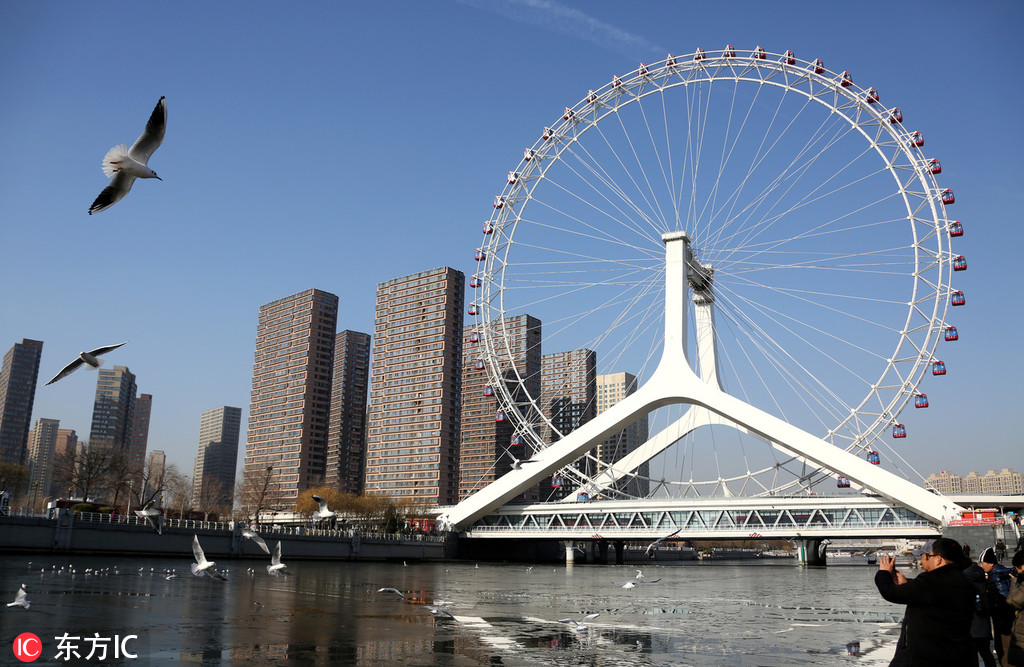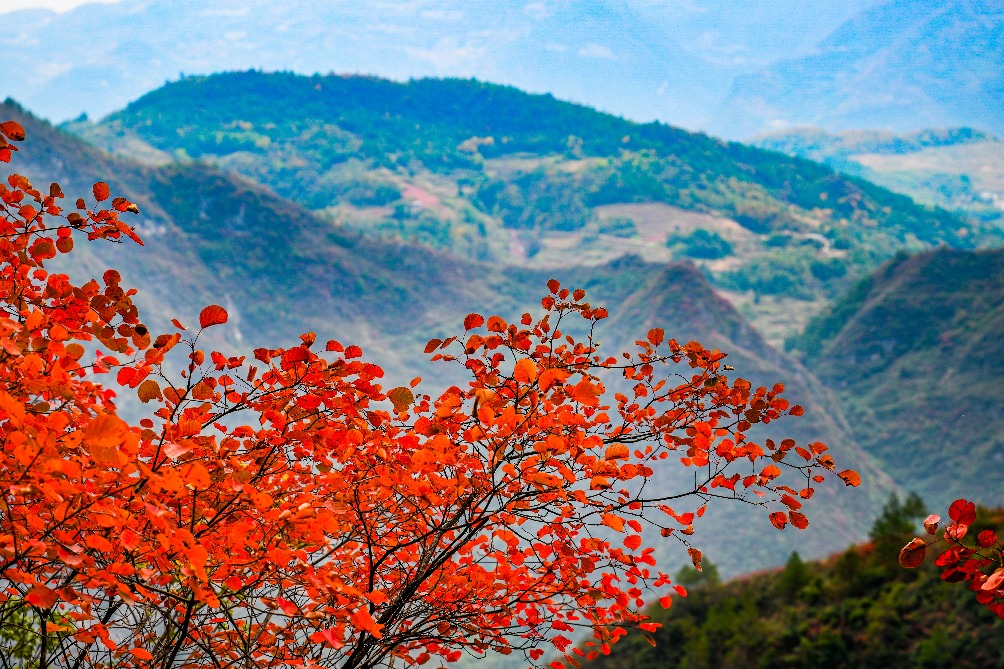Tianjin's 'blue bay' strategy paying off


Tianjin is stepping up environmental protection of its 153-kilometer coastline and improving water quality in the Haihe River and its tributaries.
The "blue bay" strategy adopted last year aims to improve ocean and river water quality and build a green corridor along the coast by 2035, said Lu Hong, director of the Tianjin Planning and Natural Resources Bureau.
Thirty five environmental restoration projects will be undertaken, including building a wetland park in the Nangang Industrial Zone, and a wetland area in the China-Singapore Tianjin Eco-City for protection of relict gulls. Construction of a national-level oyster reef protection zone is also planned.
Tianjin has toughened environmental requirements for new industrial projects and implemented a strict development plan for the natural coastline, Lu said.
Land reclamation projects that impinge on ecological protection areas will be dismantled, along with illegally constructed fish farms, salt ponds and boat docks, Xinhua News Agency reported.
As part of the strategy, the city began action this year to prevent pollution of the 12 tributaries of the Haihe River.
The action plan for the tributaries was released by the city's environment department in March.
Other key projects include pollution prevention in the Yuqiao Reservoir, ensuring the quality of local drinking water and speeding up the building of wastewater treatment facilities.
Although in their early stages, the measures to improve the environment are already paying off, with the return of migratory birds in greater numbers.
Mo Xunqiang, a professor at Tianjin Normal University's School of Geographic and Environmental Sciences, said two of the nine global bird migration routes run through Tianjin.
"Each year, about 2 million birds stop to perch, rest, breed or spend their winter in the northern city and the figure is rising thanks to the city's escalating environmental protection efforts," Mo said.
- Top court cracks down on tax evasion tactics
- Promotion week for intangible cultural heritage brands opens in Dali, China's Yunnan
- Tourists visit Mingsha Mountain and Crescent Spring Scenic Area in Dunhuang city, NW China
- Scenery of scenic spot near Wuxia Gorge in Wushan, China's Chongqing
- Restoration of over 32,500 houses completed after an earthquake in Shigatse
- China's mountainous Guizhou set to launch regular low-altitude drone logistics route





































